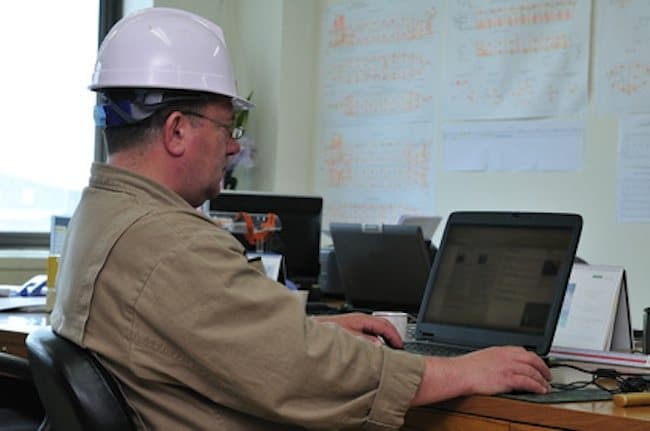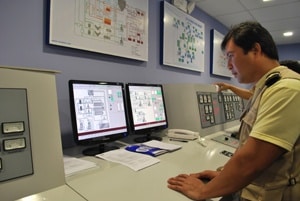

Chief engineer of the ship is the head of the engine room department and the sole controlling authority for all machinery systems of the ship. He has the responsibility to ensure that all the systems of the ship function smoothly without any breakdown.
For this reason, while assigning duties of handling a ship, the chief engineer is required to go through a specific procedure to ensure safety of the new ship and its personnel.
The procedure for “taking over” of a large vessel is often divided into several steps starting from the briefing at the shipping office to that on the vessel.
Briefing at the Office
While taking over a vessel, the chief engineer would be briefed by a superintendent or technical manager according to the ISM practices.


He would be asked to fill up appropriate checklists wherever required.
He would also be required to go through company instructions and policies.
Note : The chief engineer should properly read the policies and instructions of the company before taking on the job. He should also be aware of the following things:
Chief engineer must take copies of all the certificates, surveys, and regulations when he starts to plan for the ship stay.
Briefing during taking over on Vessel
There are several points a chief engineer should keep in mind while taking over the ship. The first and foremost thing the new chief engineer should do is to read the letter prepared by the outgoing chief engineer. He should then verify/discuss the following:


The chief engineer should also get information about company’s action plans regarding
The chief engineer should then meet the 2nd engineer, electrical officer and other engineering staff to confirm about the engine room condition and other specific instructions.
A combined report of both incoming and outgoing chief engineer is then signed and sent to the company office.
Image credits : wikimedia, archives.starbulletin
Disclaimer: The authors’ views expressed in this article do not necessarily reflect the views of The Marine Learners. Data and charts, if used, in the article have been sourced from available information and have not been authenticated by any statutory authority. The author and The Marine Learners do not claim it to be accurate nor accept any responsibility for the same. The views constitute only the opinions and do not constitute any guidelines or recommendation on any course of action to be followed by the reader.
The article or images cannot be reproduced, copied, shared or used in any form without the permission of the author and The Marine Learners.










We believe that knowledge is power, and we’re committed to empowering our readers with the information and resources they need to succeed in the merchant navy industry.
Whether you’re looking for advice on career planning, news and analysis, or just want to connect with other aspiring merchant navy applicants, The Marine Learners is the place to be.